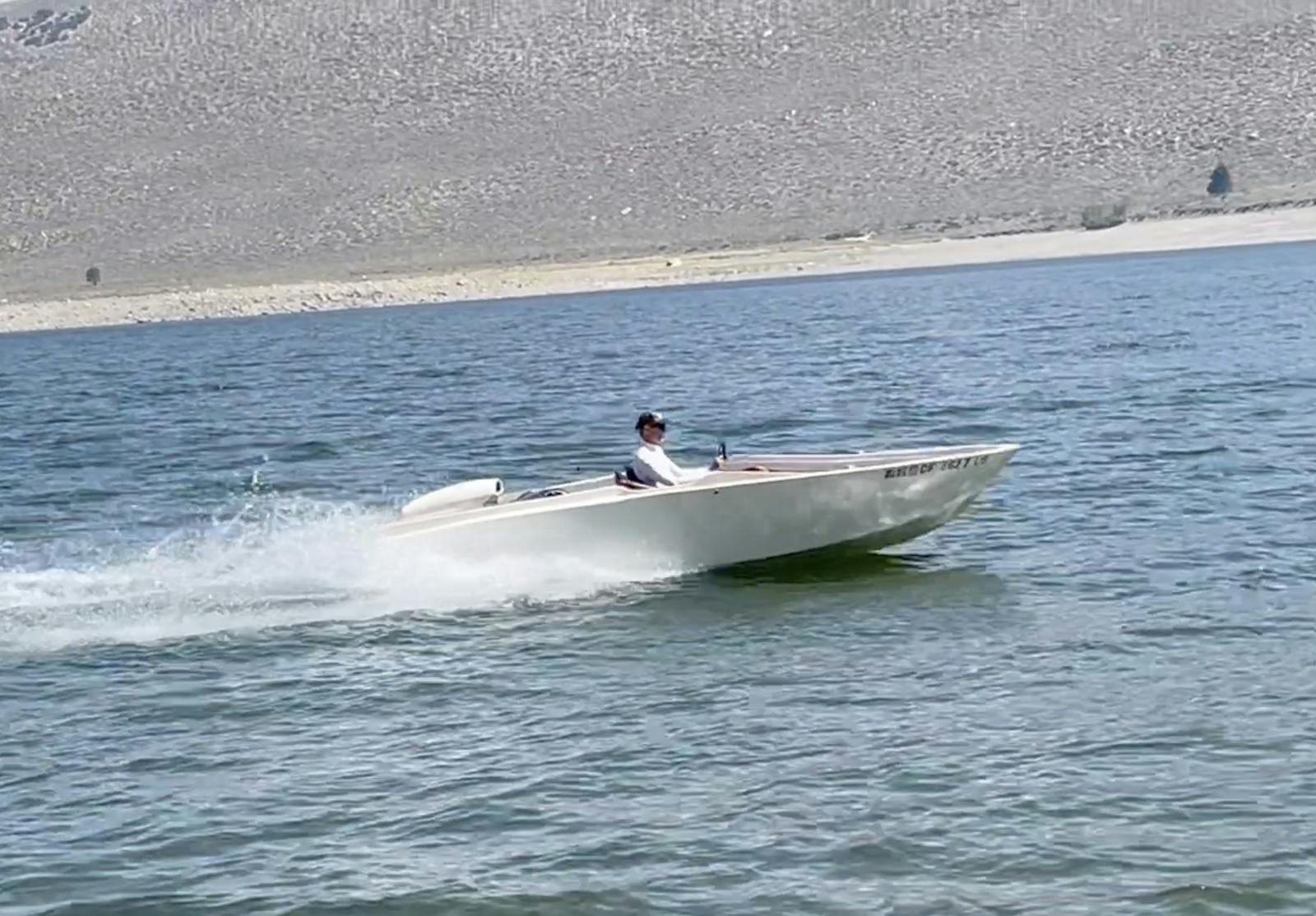Restoration season
Restoration season, or as most of you know it – winter – is well upon us. Spring, summer and autumn are seasons for enjoying your boat (or car or whatever) and the hobby. Most maintenance and restoration projects take place when temperatures are cold and snow litters the ground here in Minneapolis.
We arbitrarily distinguish between maintenance and restoration projects at the 300 hour mark. If it requires less than 300 hours, it’s maintenance; more than 300 hours, restoration. When a customer first purchases a boat, we recommend a maintenance schedule, which helps plan ongoing investment.
Many variables are considered, but the best example is the service life of varnish. Ultraviolet (UV) radiation degrades varnished finishes, so exposure to sunlight is the primary determining factor of varnish longevity. We recommend covering boats when not in use to minimize exposure, and depending on how diligently that’s done, we find varnish can last anywhere from three to ten years before needing refreshing.
Once we have stripped a boat to bare wood and refinished it, our goal and strong recommendation is to maintain the varnish so that the boat never needs stripping again. That can get a little tricky, as our practiced eyes often detect degradation before our customers do. We counsel our customers that waiting until the finish quality becomes objectionable to them might be dangerous, as then we may have no choice but strip the boat again.
Bottom paint is another very current maintenance issue, locally. Over the past five years, Zebra Mussels have infested Lake Minnetonka, and we are learning how to minimize their effects. The best way to protect a boat bottom from invasive species is to keep it out of the water, on a boat lift. If a boat sits in the water throughout the boating season, we have found that most anti-fouling bottom paints keep the little buggers away. We now recommend fresh bottom paint each season for boats that remain in the water, as the cost of painting is lower than removing Zebra Mussels at the end of the season.
Most of the projects defined as restorations are considered and planned in advance. Sometimes we spread a restoration over two or three years to minimize the financial impact. We do, however, appreciate the discipline imposed by winter, and strive to complete projects between autumn and spring.
Among the half-dozen projects currently underway, the most engaging is the 1966 26′ Riva Tritone receiving a new bottom, including keel, frames and chines. While this boat was represented as having a “new” bottom, we found, in this instance, that only meant the original bottom had been refastened with much larger screws.
Once we complete the bottom replacement, and flip the boat back upright, we will also completely refinish all its brightwork. Of course, we’re also re-plating the chrome trim, rebuilding the engines and addressing details such as steering wheel refinishing, convertible top and other small items.
We’re right on schedule, and we’ll revisit the project for you as it progresses.
Editor’s note: The author, David Bortner, is “captain” at Freedom Boat Service.
20170726012541)

